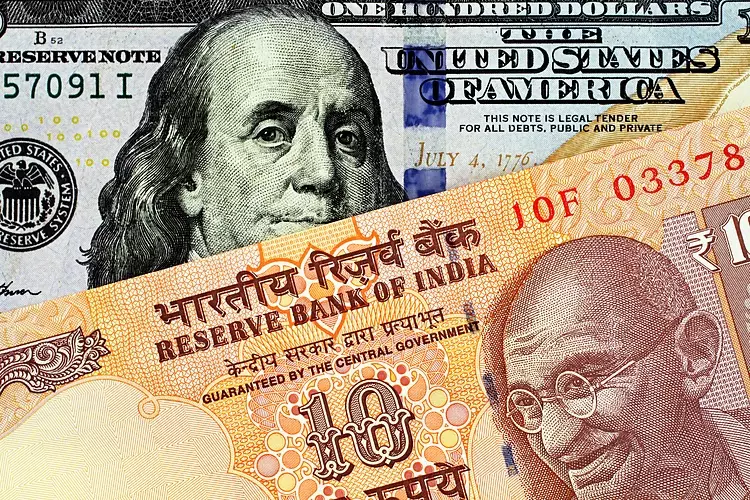In Tuesday’s early Asian session, the Indian Rupee weakened due to month-end USD demand and higher crude oil prices. Traders are awaiting the US August CB’s Consumer Confidence report and key events later in the week. Analysts predict that the Rupee may trade with a slight positive bias based on global risk sentiments and dovish Fed speak. However, geopolitical tensions in the Middle East and rising crude oil prices could limit major gains.
India’s economic growth is expected to have expanded at its slowest pace in a year during the April-June quarter. This slowdown is attributed to lower government spending. On the other hand, San Francisco Fed President Mary Daly has hinted at potential interest rate cuts to stimulate economic growth. Richmond Fed President Thomas Barkin has also shown a willingness to experiment with rate cuts.
The US Durable Goods Orders saw a significant increase in July, exceeding market expectations. Futures are pricing in a near 40% chance of interest rate cuts, with some speculating about a half-percentage point reduction.
The USD/INR pair maintains a positive outlook above the key 100-day Exponential Moving Average (EMA) on the daily chart. However, recent movements indicate a possible consolidation phase. The support-turned-resistance level at 84.00 acts as an immediate upside barrier, while the initial support level is at 83.77.
The Indian Rupee is highly sensitive to external factors such as the price of crude oil, the value of the US Dollar, and foreign investment levels. The Reserve Bank of India (RBI) plays a crucial role in maintaining the exchange rate stability through interventions in the forex markets and by adjusting interest rates. Macroeconomic factors like inflation, interest rates, GDP growth rate, balance of trade, and foreign investment inflows all influence the value of the Rupee.
The Indian Rupee’s performance is influenced by a combination of global economic trends, domestic factors, and market sentiment. While external factors like crude oil prices and US Dollar value play a significant role, internal mechanisms such as RBI interventions and interest rate adjustments also impact the Rupee’s value. Traders and investors must closely monitor these factors to make informed decisions in the currency market.


Leave a Reply